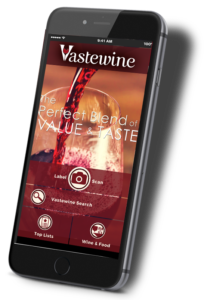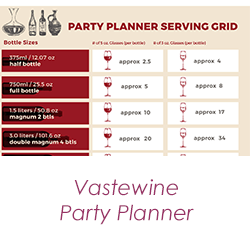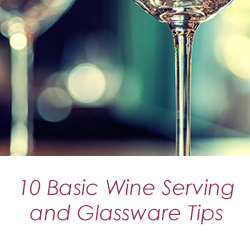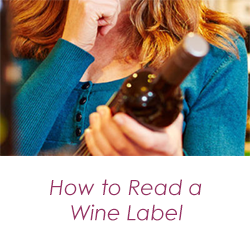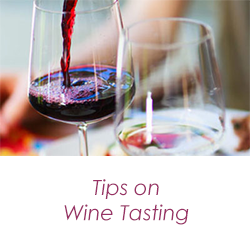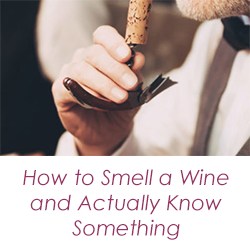How To Produce And Make Wine
– I’ll Just Put These Grapes In The Closet For A Year And See What Happens….
 I’m sure you have, at some point in your life, walked through a department store and saw a display of home wine making kits and thought “So I guess I just buy this big box, throw grapes in it and shake it violently? Then stomp on the box?”
I’m sure you have, at some point in your life, walked through a department store and saw a display of home wine making kits and thought “So I guess I just buy this big box, throw grapes in it and shake it violently? Then stomp on the box?”
You thought that, right? Anybody? Oh, just me? Well the art of wine making is a bit more complex than that. Sure, home wine making kits simplify the process dramatically, but there is still a process. So what is the system that the big vineyards and wine producers all over the world actually use? It’s all in the details, and it starts before the grapes are even grown.
The Vineyard
It all starts here, way before it’s even time to pick a grape. I used to look through books and magazines with pictures of these massive vineyards and think “It appears that those grapes just automatically grow in certain fields all over the world and turn into wine! I wish I could buy one of those pretty grape fields and make millions!” I was honestly clueless to the entire process. It actually took me going to a winery in my early twenties to see how it all worked, and let me tell you, it’s an awesome sight to see.
To produce quality wine, the vineyard manager has to make some pretty important decisions that will dictate the style and character that the wine will have by the time it is bottled. The goal for most of the top wineries is to achieve the highest level of ripeness in the grapes before producing the final product. During the winter months, they begin to dispose of as much green plant material around the grapes as possible. The purpose of this is to give the grapes maximum exposure to sunlight, allowing for the highest possible concentration of the grapes. The amount of this “green” harvesting will determine the overall style of the wine once produced. So what else goes into making wine? There are 9 major steps they must follow before you can drink it. Here is an overview:

Harvesting

Grape harvests can start as early as September, or as late as October, depending on the type of grape and vintage. Most of the top estate wineries pick the grapes by hand, while most others use machines. When the harvest begins, the younger vines that are maturing first are picked. Grapes used for white wines will be picked before the grapes for red wines. The decision on when to exactly pick the grapes is crucial for determining the overall style and complexities of the finished product. The timing of the picking also determines the level of alcohol, sugar, and acidity in the wine. If the grapes are picked slightly before they are mature, they will have less alcohol and have a brighter and tastier flavor. Picking after fully right can be tricky, many times producing a high alcohol and sweet wine.
Destemming And Crushing
I don’t know about you guys, but crushing grapes just sounds like fun! Once the grapes have been harvested, the decision of whether or not to destem becomes crucial to the overall finished product. Some of the top Bordeaux producers, for example, completely remove the stems to eliminate any type of vegetable or rustic aromas. Machines are used to remove most of the stems, but destemming by hand is becoming more and more popular. Once the grapes are destemmed, they are crushed! Yay, the fun part! However, there is a current movement that some Bordeaux Estates are using, where the producers are using whole grape clusters with stems attached. The reason is that the stems help lower temperatures during fermentation (coming up next, hold on), leading to lower alcohol levels.
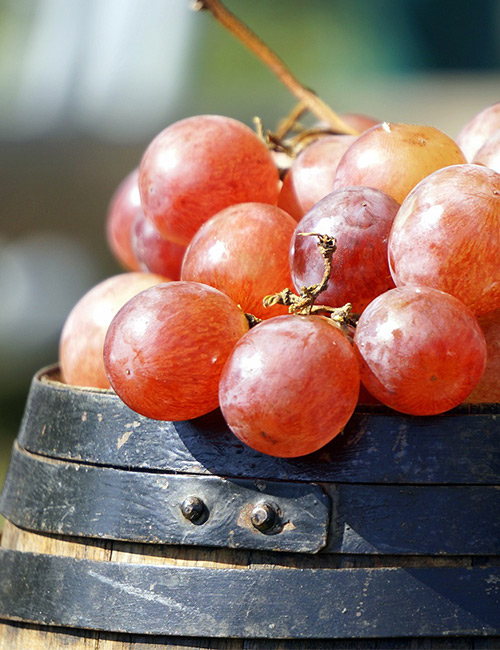
Fermentation

See, I told you it was next. So, after the grapes have been sorted, the winemaker has to make a decision on how they want to ferment the grapes. Fermentation is simply the breaking down of the sugars into alcohol. The methods used will be determined by the how they wine producer destemmed and crushed the grapes, if at all. They could be completely crushed, skins slightly broken, or whole berry with stems. Before fermentation begins, many winemakers cold soak the grapes, adding color and depth of flavor. The most common vessel used to ferment are temperature controlled steel vats, however, some wineries still use wood or cement tanks. Normally, fermentation takes place over a 10 day period.
Maceration
Once the fermentation process is complete, or all the sugars have been converted to alcohol, the maceration phase begins. This is where the juice is combined with the skins of the grapes for color extraction. The maceration process normally lasts for about 2 weeks, and at that point the juice is extracted from the skins. The skins are then pressed which produces “pressed” wine. This pressed wine can then be added to the other juice (wine) to give it more body if needed. Also, it is during the maceration process that wineries will introduce oxygen into the wine.
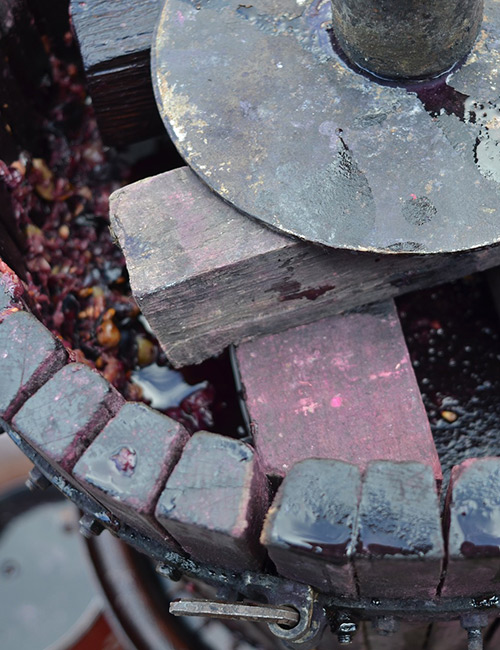
Malolactic Fermentation
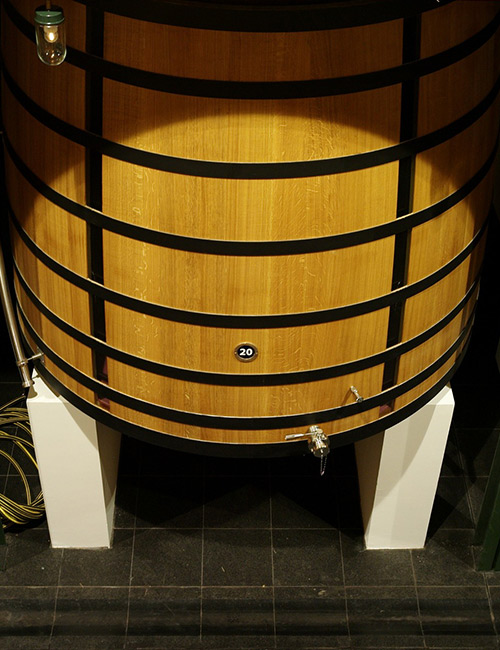
Say what? We are making more alcohol? Woohoo! Ok, well calm down there. This second fermentation process is extremely important when producing the final product. During this phase, tart malic acids are turned into more vibrant lactic acids. This normally will take 2 to 3 months, with some estates taking even longer. Once again, this is often done in steel vats, but some of the smaller estates still use barrels, which is a much more labor intensive process.
Blending
After the malolactic fermentation process is finished, blending occurs. I know, I know. You are extremely impressed how I put all this in order. Thank you for the kind words. Anyway, typically starting in January or February each year, the wineries will start blending different grape varietals together to make the supreme wines. This process separates the grapes into the best vintage or the secondary wines. This process can be done right before bottling , however some vineyards will place the wine back into barrels before blending.
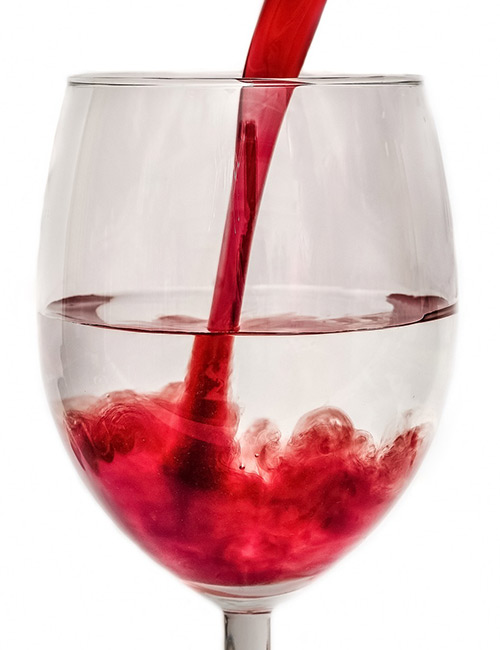
Aging
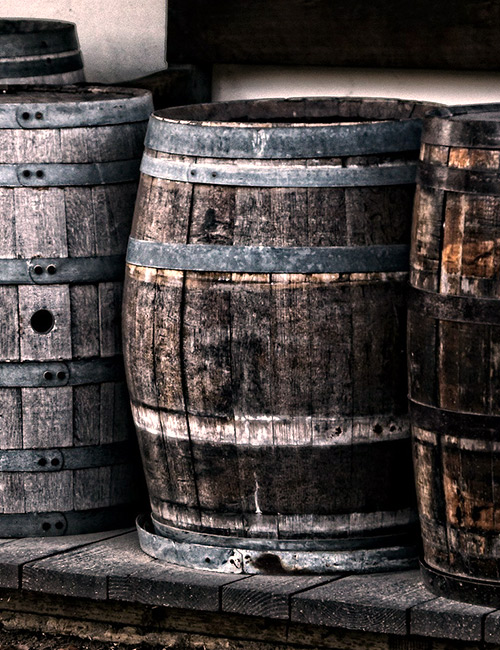
After the blending process is complete, it’s time to decide how to age the wine before bottling. Most wineries continue to use oak barrels. Old vs new barrels is one of the top considerations winemakers will need to decide upon. Many of the top estates will use 100% new oak barrels. The aging process in barrels adds a variety of smells to the wine such as vanilla, toast, and coffee. The wine is then racked, meaning that it is moved from one container to another without moving the sediment while in the barrel.
Fining
Fining is the final clarification of the wine before it is bottled. In this process, egg whites are beaten in a bowl with a little salt and then added directly into the barrel. A steel rod with a flat end is then used to mix the egg whites in the wine. After about 45 days, a final racking is done to remove the egg white sediment producing a clear wine. No, don’t try this with your beverages at home. You will be left disappointed.

Bottling
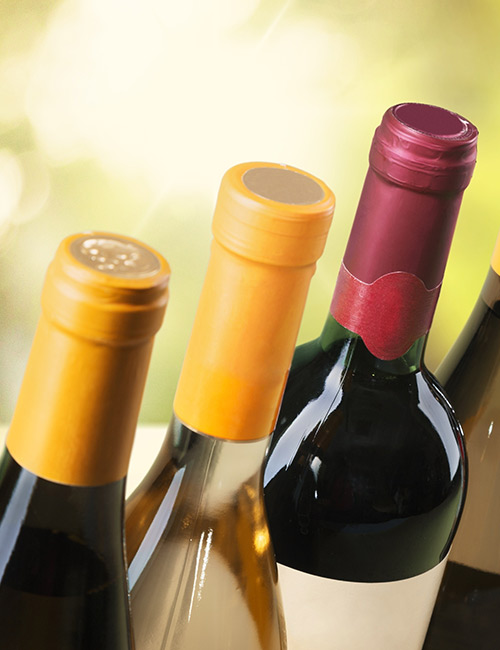
Hold one there. Let me get to the bottling part before you start asking for a glass. First, the winemakers will determine the size and shape of the bottle they want to use. After they have made that decision, the bottles are disinfected and the wine is placed in the bottles. A layer of gas is put on the top of the wine, acting as a preservative. The bottling process usually takes place about 2 years after the wine was harvested. The bottles are then corked, but not labeled. Each country uses different labeling processes. That’s about it. You thought I was going to talk about some magic bottling process, didn’t you? Nope. It’s as simple as it sounds.
And there you have it, Bottled Wine!
Yes, now you can drink it. As you can see, it’s not as easy as just crushing up some grapes and putting it into a bottle. The process is long and tiring, but oh so worth it! As always, enjoy every sip, every bottle!
Sign Up to be a Tasting Partner!
Enter your email below and you will be the first to know about new wines, recipes, wine articles, and new additions to the Vastewine app.
